There’s simply no shortage of great places to visit in Europe. You could visit again and again and still find new places to explore. Still, some parts of the continent, such as the Balkans, go mostly unexplored. The Balkans have certainly grown in popularity in the last 20 years, yet their tourist destinations are still up and coming. The mix of new classics and underrated gems is what makes the Balkans one of the most exciting parts of Europe.
To experience the best of the Balkans, you could explore the region one short trip at a time – or go big and spend one month in the Balkans, getting a taste of each country and finding the parts you want to come back to and see in greater depth. To make this journey possible and leave you excited for more, you’ll need our Balkans itinerary that shows you exactly what to do in the Balkans in one month.
Best Time to Visit The Balkans
For a big trip like this, it’s important to choose the time of year that gives you the best chance of seeing and doing everything you want. The climate in the Balkans varies quite a bit from one place to the next, so working out the best time to visit the Balkans means finding a time that works for everywhere on this itinerary.
For your first trip to the Balkans, you’ll probably want to go when the weather’s warm. As it’s in the south of Europe, summer in the Balkans ranges from pleasant along the coast to hot and stuffy further inland. Parts of the region, such as Croatia and Montenegro, can get extremely busy at this time of year. Peak season in the Balkans isn’t quite as bad as in Western Europe, but the region’s popularity is still growing, so expect tourist numbers to increase.
Unfortunately, winter isn’t a great alternative to summer. Parts of the region, including Sarajevo and Sofia, can get freezing cold, similar to areas further north in Europe. This means you’ll find sightseeing challenging in winter. There’s also the issue of availability. As much of the tourism in the Balkans is still seasonal at this stage, you may encounter difficulties with activities like boating and exploring the Plitvice Lakes.
If you’re looking for a quieter alternative to summer, shoulder season is definitely the way to go. The crowds quickly drop off on either side of summer. April through June and late September through October offer the perfect balance of weather and liveliness.
How to Get Around The Balkans
You have various options for getting around when visiting the Balkans. Certain parts of the region have less transport infrastructure than Western Europe, but it’s not usually too challenging to find your way around.
As this itinerary takes you through multiple countries, you’ll need to check the individual immigration requirements for each one. None of the destinations we’ve included are currently part of the Schengen Area, so you’ll need to go through border patrol with your passport at each border crossing.
We’ll go through the individual transport options for each leg of this itinerary, but here is a general overview of each way to travel in the Balkans.
By Car
A rental car gives you the most freedom to decide where to go and when, letting you tailor your journey specifically to meet your needs. Be sure to inform the rental company that you’ll be driving through many countries, and get any necessary car vignettes for highways in those countries to avoid considerable fines.
Recommendation: To get the best rate on your rental car, check out RentalCars.com. This site compares prices from all major rental companies in the Balkans, helping you find the best price for a rental car.
By Bus
If you want to save a bit of money and get around as simply as possible, look at bus networks in the Balkans. This is the major form of public transport for both locals and tourists in many of the region’s countries. Traveling by bus can be very cheap in North Macedonia and Bulgaria, while it costs roughly the same as in Western Europe in some Balkan countries.
The buses on major routes are typically large coaches, but smaller, less common destinations often have minibuses instead. When you cross a border by bus, sometimes the driver will collect your passports and leave you and the other passengers in the vehicle while handling it; other times, you’ll get out and line up individually.
Some countries and routes, such as Bulgaria, take seat allocations quite seriously, while you can sit wherever you want on some other buses. To avoid hassles, it’s best to ask or simply follow what everyone else is doing.
Some Balkan countries have only one bus company, while others have many options. It’s common for these bus companies’ websites to be in the local language. The most reliable online English resource for travel across the Balkans is BalkanViator, but your best bet is to ask for bus times in person.
By Train
Train travel may be the favored approach for exploring Western Europe, but it’s a little more irregular in the Balkans. Train routes here tend to be quite limited in where they go and vary wildly in quality and punctuality. It’s fairly common for buses to be faster than trains in some places with prolonged delays. The trade-off is that traveling by train can be quite affordable here.
By Plane
Although it may not be as useful in the Balkans as elsewhere in Europe, flying is sometimes an option. There aren’t many major airports here (outside of some capital cities), but some flight routes may help you get around the region. Besides major budget airlines that operate throughout Europe, such as Ryanair and Wizz Air, local airlines to consider include Air Serbia and Croatia Airlines. Even when you factor in the extra fees (like for checked luggage), some of these flights are an affordable alternative to long days of overland travel.
By Rideshare or Hitchhiking
If you’re really looking to cut costs on your trip, you have a couple more options. The first one to consider is rideshare services that help you find carpools with other people traveling through the region, such as BlaBlaCar. While this is an affordable alternative to public transport, you’ll find limited coverage in the Balkans. BlaBlaCar, for instance, is only available in Croatia and Serbia.
Another option to save money and meet more people on your journey is to hitchhike. Hitchhiking is actually common in the Balkans, where people are more likely to pull over than in other parts of Europe. However, it’s also common for people (often the ones waiting around bus stops) to offer paid carpooling rides, so establish whether the driver wants money before you set off. Of course, these options come with their own challenges and risks, so avoid situations where you feel unsafe or uncomfortable.
Where to Stay in the Balkans
With this Balkans trip itinerary, you’ll be staying in many towns and cities. To get the most out of it all, you need to find accommodations that suit your style and budget. After all, a month’s worth of accommodation can really add up if you’re not careful – and you’ll find all sorts of accommodation when planning a trip to the Balkans.
Budget travelers and backpackers are in luck here, as most places to stay are cheaper than the average European options. You can find every sort of hostel imaginable here on a site like Hostelworld. If the hostel scene isn’t your thing, look for other wallet-friendly accommodations such as guesthouses and bed-and-breakfasts. Booking.com has great coverage of these accommodation types as well as hotels.
Airbnb is another great way to book accommodation in the Balkans. Whether you’re after just a bed or a whole apartment to yourself, Airbnb can connect you with locals and give you a home away from home.
The Ultimate Balkans Itinerary for First-Time Visitors
To take you through the Balkans for the first time, we’ve created an itinerary that lets you see highlights from most of the region’s countries. Even with a month in the region, you won’t be able to see everything, but you can certainly experience the best places to visit in the Balkans this way. Our itinerary takes you through Croatia, Bosnia and Herzegovina, Montenegro, Albania, North Macedonia, Bulgaria, and Serbia.
You don’t necessarily have to follow this itinerary every step of the way. You may want to visit places not mentioned here or skip something to save time. Feel free to use this Balkans travel itinerary as a template and personalize your trip however you prefer.
However, before we get to our Balkans travel guide, we just wanted to remind you to purchase travel insurance. You never know what will happen and, trust us, you do not want to get stuck with thousands of dollars in medical bills. As a wise man once said, “If you can’t afford travel insurance, you can’t afford to travel.” So don’t leave home without it.
SafetyWing offers travel insurance for only about $10 a week, making it a no-brainer to get. You can get a quick, non-binding quote below:
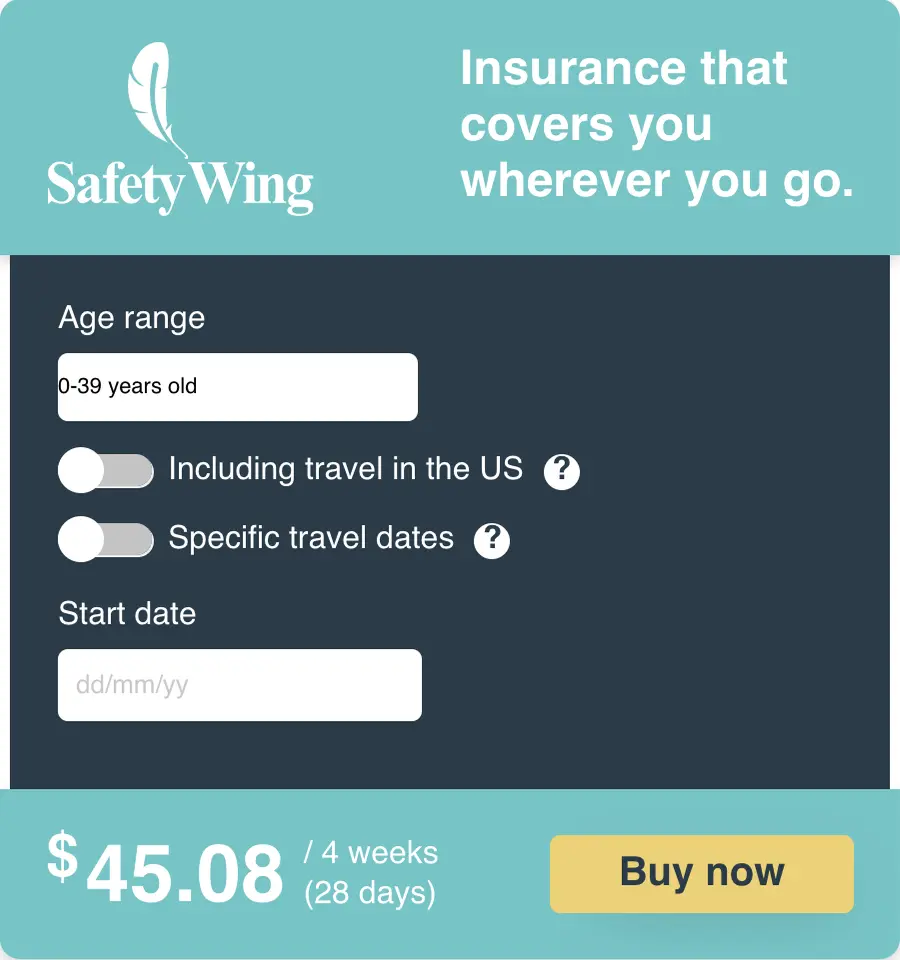
SafetyWing is, of course, not the only option available. Two other popular alternatives are World Nomads and Heymondo.
With that important point covered, let’s talk about the best things to do in the Balkans, shall we?
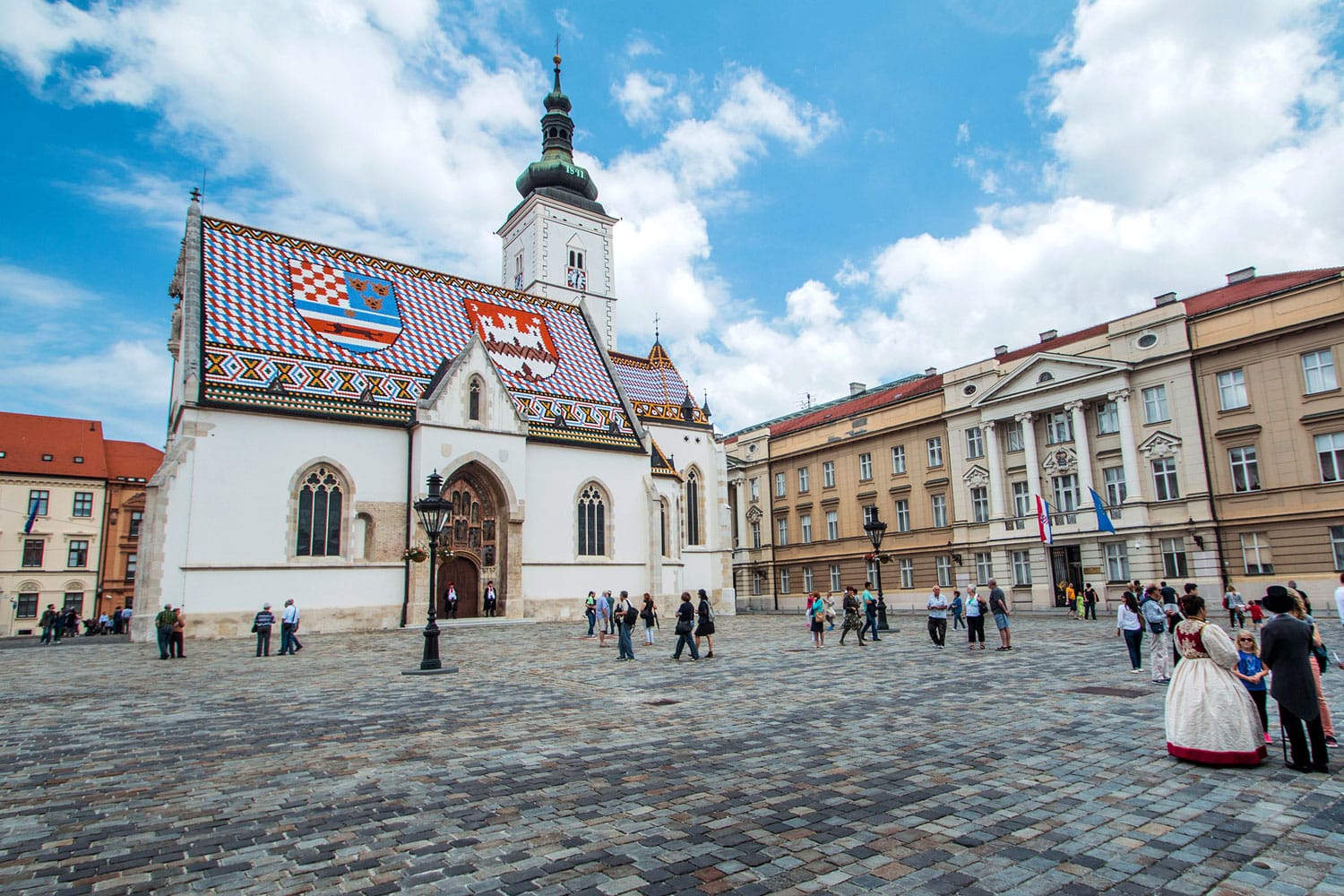
1. Zagreb, Croatia
The Croatian capital is a city with one foot in the past and the other firmly in the present. Start your visit in the lower half of the city, taking in bustling Ban Jelačić Square before walking up to the Zagreb Old Town. Here you can admire the immense Zagreb Cathedral, people-watch from cafes along Tkalčićeva Street, and pass through the historic Stone Gate to the heart of the city.
After seeing the iconic tiled roof of St. Mark’s Church, take in some sweeping city views from the Lotrščak Tower or the terrace below. Next, head back down past the lively Dolac Market to the modern city center with its many elegant Baroque buildings, such as the Croatian National Theatre.
Time needed: 1-2 days
Getting there: Zagreb has its own airport, the largest in Croatia, with flight connections to many other major European cities and several in the Middle East. If you’re coming from farther away, you’ll need to transfer from one of the major European hubs.
Where to stay:
Recommended tours:
Further reading:
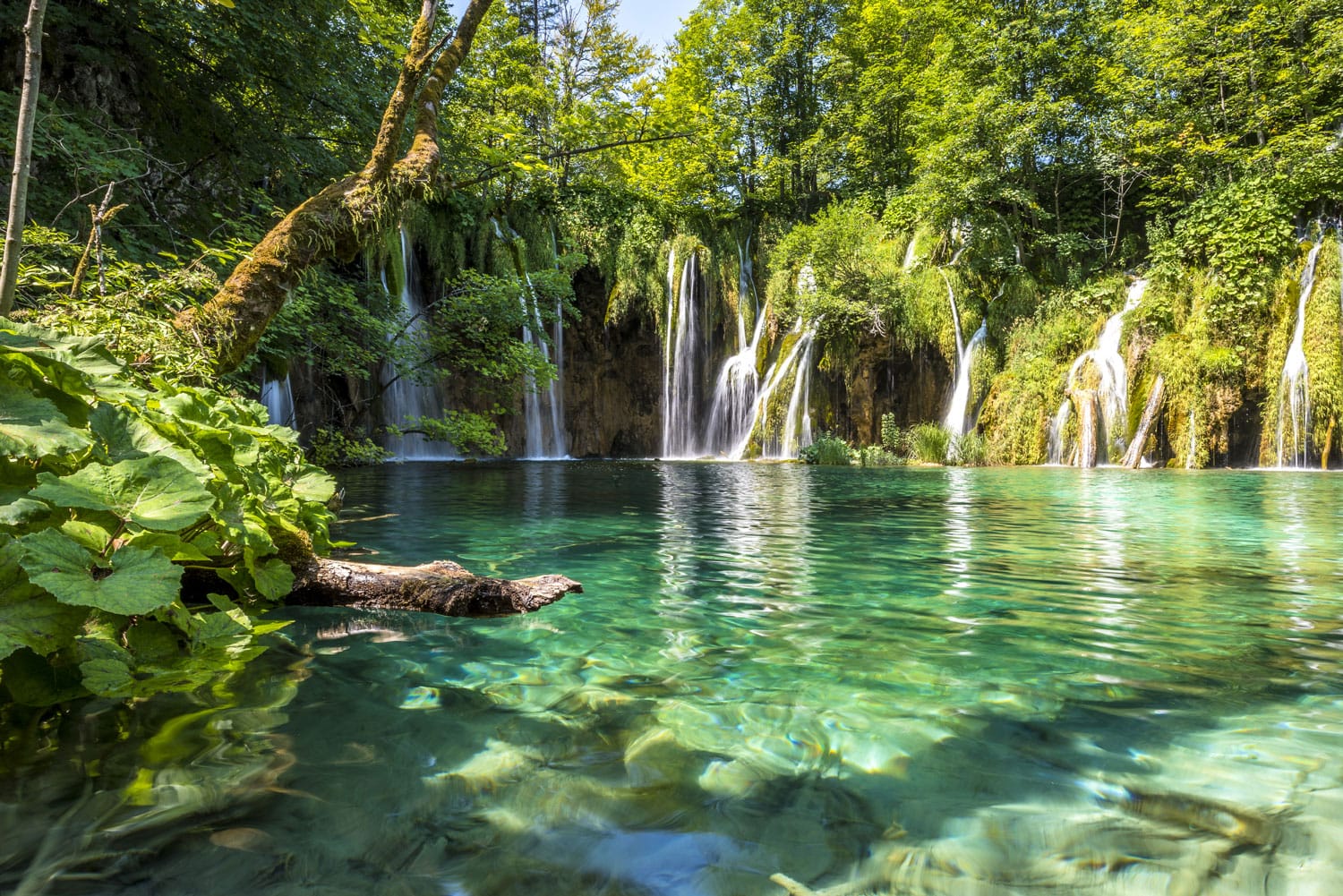
2. Plitvice Lakes, Croatia
Easily one of Croatia’s most remarkable destinations, Plitvice Lakes National Park is a sight you don’t want to miss. Whether you stop here on the way from Zagreb to Split or simply make a day trip from either, you won’t regret it.
This UNESCO World Heritage Site in central Croatia is home to 16 awe-inspiring lakes that pour from one to the next down a series of waterfalls. You can follow boardwalks that weave along the lakes or hike in the hills for fantastic views down into the canyon. You can even take a boat ride from the Lower Lakes to the Upper Lakes.
Time needed: 1 day
Getting there: Five daily buses run from Zagreb to Plitvice Lakes, taking up to 2.5 hours.
Recommended tours:
Further reading:
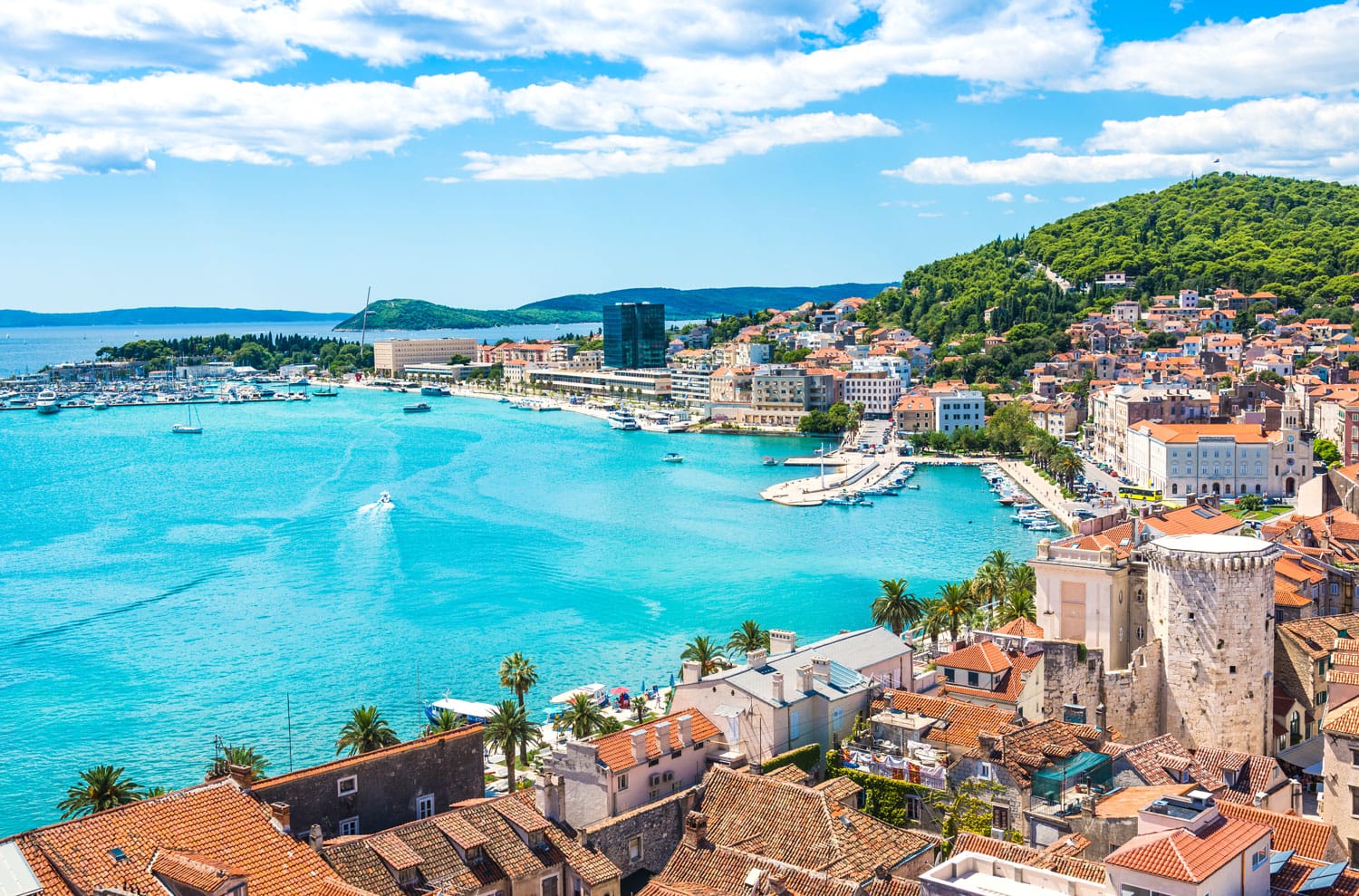
3. Split, Croatia
Croatia is famous for its wonderful coastline and the cities along it. Start your time in Split by venturing straight to Diocletian’s Palace, an ancient Roman palace that takes up much of the Old Town. Duck down into the palace’s moody underground market or climb the St. Domnius Bell Tower for the view. After strolling along the beautiful waterfront promenade and watching yachts sail away, choose either a nice walk up to the viewpoint of Marjan Hill or time at Bačvice Beach.
Allow time for day trips, such as the popular tour that visits five islands, including Hvar and Vis. Alternatively, stay on the mainland and see the scenic city of Trogir or the beautiful falls of Krka National Park.
Time needed: 2-3 days
Getting there: The bus from Plitvice Lakes to Split runs twice a day and takes around 4.5 hours.
Where to stay:
Recommended tours:
Further reading:
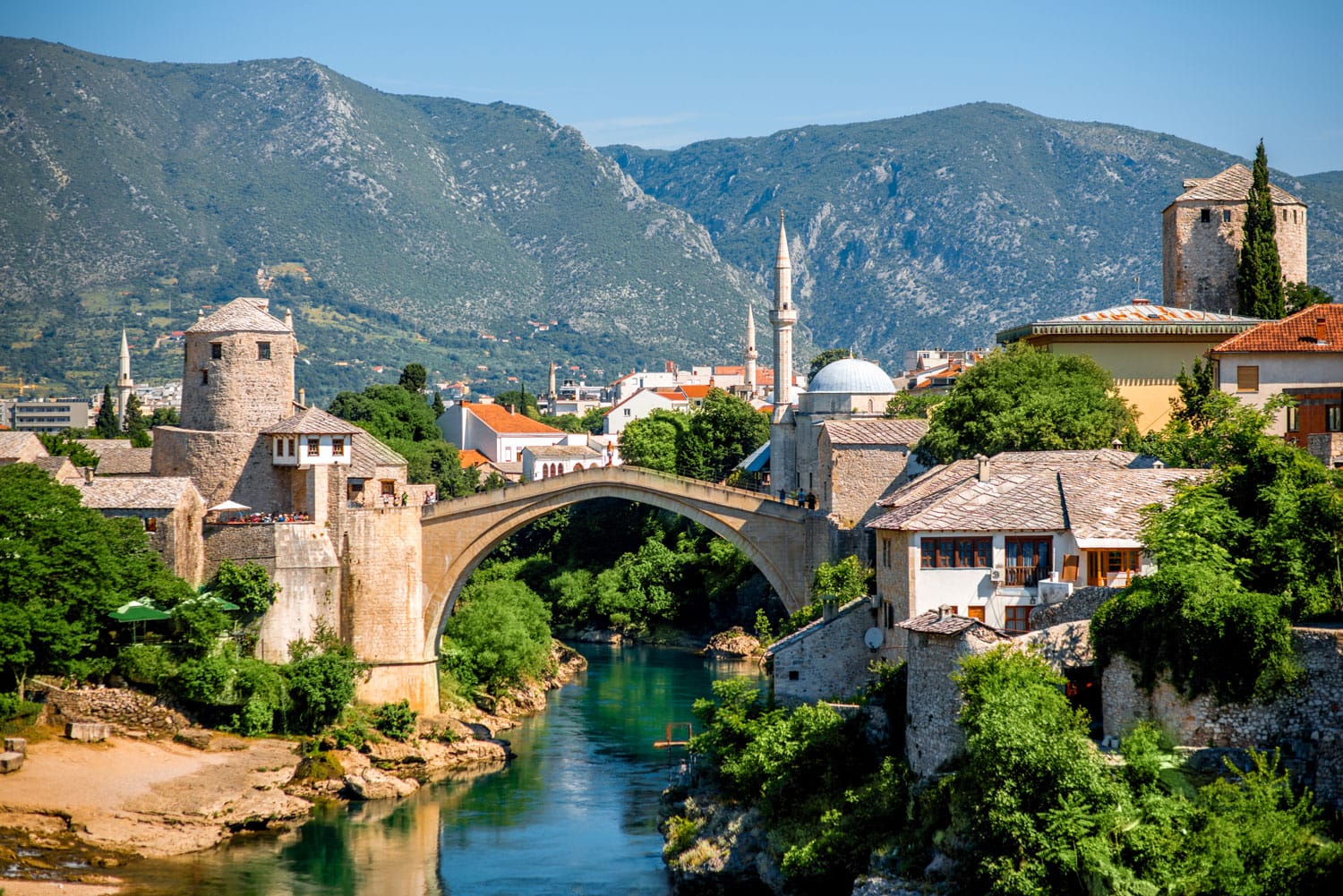
4. Mostar, Bosnia and Herzegovina
The first glimpse many travelers get of Bosnia and Herzegovina is through the southern city of Mostar. Start your visit by wandering through the gorgeous Mostar Old Town, straight onto the beloved Stari Most (Mostar Bridge). From there, either head down to the river below – where you can watch the local tradition of young men jumping from the bridge – or walk through the Kujundžiluk (the Old Bazaar) to the Koski Mehmed Pasha Mosque for more views.
If you have more than a day in Mostar, consider seeing more of the surrounding countryside with a day trip to the photogenic monastery in Blagaj or go chasing waterfalls in Kravica.
Time needed: 1-2 days
Getting there: Traveling from Split to Mostar takes 3.5-4.5 hours, with five direct buses daily.
Where to stay:
Further reading:
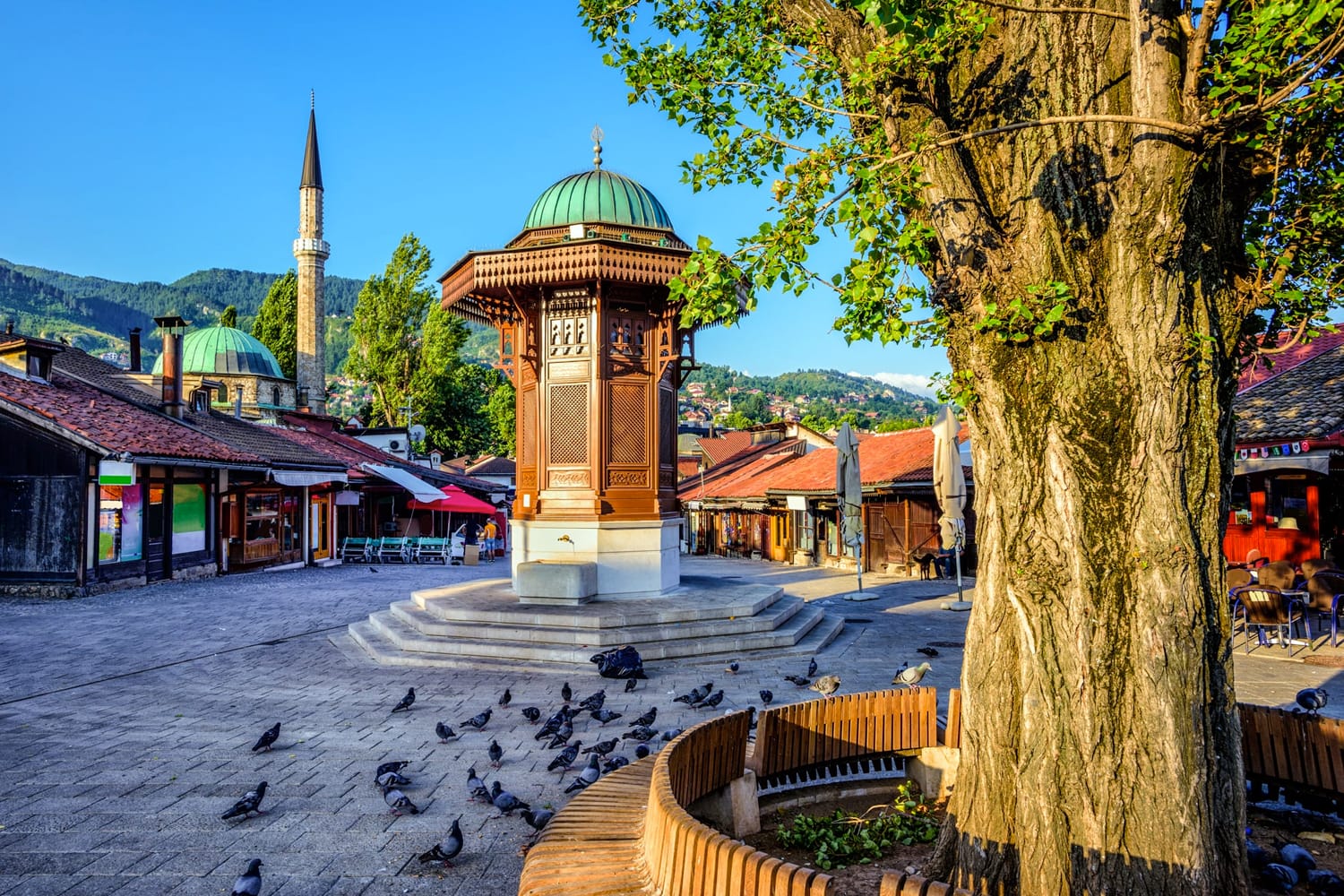
5. Sarajevo, Bosnia and Herzegovina
Once dubbed “the Jerusalem of the Balkans,” the capital city of Bosnia and Herzegovina is a fascinating cultural and historical place to visit. Beginning in the Ottoman Old Town, take in the Sebilj, an iconic wooden fountain, and Baščaršija, the surrounding bazaar. Next is Gazi Husrev-beg Mosque, the largest mosque in the country.
Be sure to stroll along the Miljacka River, as you’ll find not only some beautiful buildings but reminders of major world events. See scars from the Bosnian War with a walking tour of the city or at the Sarajevo Tunnel Museum. Finish with an evening visit to the Yellow Fortress to watch the sunset.
Time needed: 2 days
Getting there: Two trains run from Mostar to Sarajevo, taking a little under two hours. Alternatively, hourly buses complete the journey in around two hours and 40 minutes.
Where to stay:
Recommended tours:
Further reading:
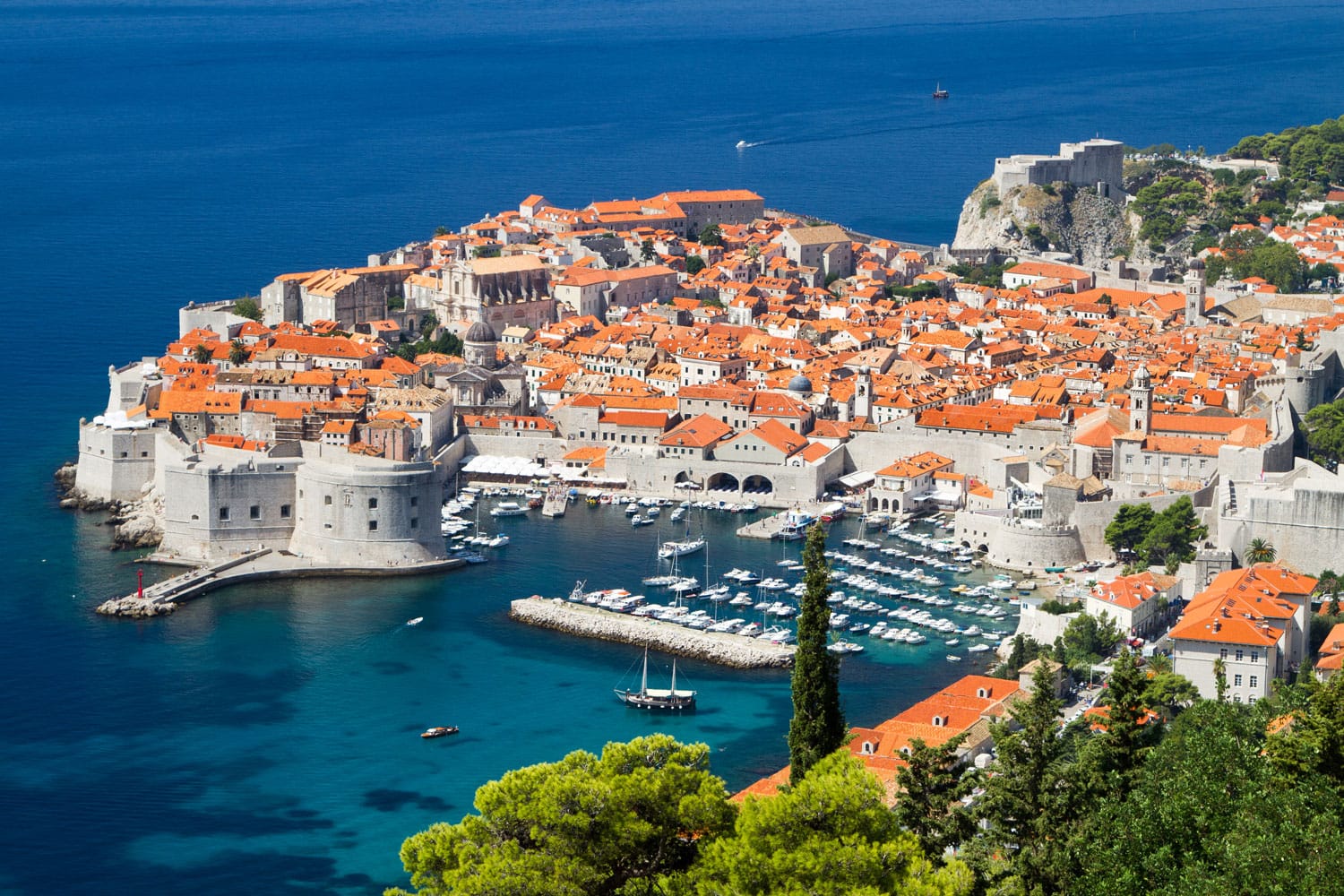
6. Dubrovnik, Croatia
The most popular destination along the Balkan coast is the enchanting city of Dubrovnik. Start with a wander along the marble streets of its gorgeous Venetian-style Old Town, looking out for places that look familiar from Game of Thrones (the city was a common filming location for the series). Don’t miss a walk along the fortified Walls of Dubrovnik to get a look across the city’s rooftops.
Head down to the quaint harbor, especially if you want to take a boat trip out to the nature-covered Lokrum Island. Other things to do outside the Old Town include taking the cable car to the top of Mount Srd and finding local beaches like Banje and Uvala Lapad.
Time needed: 1-2 days
Getting there: There are two direct buses per day from Sarajevo to Dubrovnik, and the journey takes roughly 6.5 hours.
Where to stay:
Recommended tours:
- 2-Hour Game of Thrones Tour
- 1.5-Hour Old Town Guided Walking Tour
- 3-Hour Sea Kayaking Tour with Snack
- Elafiti Islands Day Cruise on a Karaka Ship
Further reading:
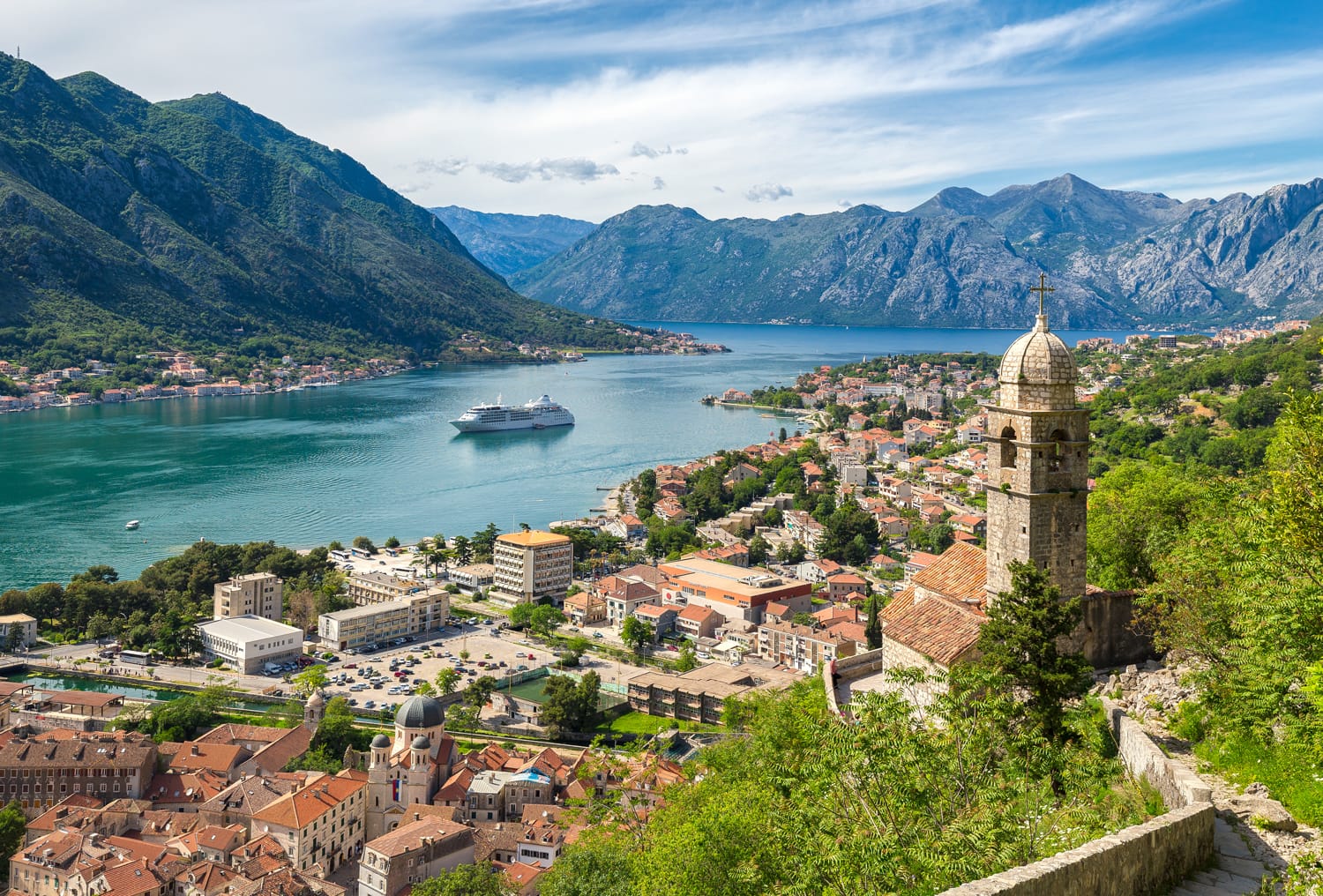
7. Kotor, Montenegro
A scenic and historic town that tourists quickly fall in love with, Kotor is the darling of the Montenegro coast. Wander through its walled medieval Old Town, admiring the Cathedral of St. Tryphon and the other churches along its quaint stone streets. Take a brief stroll along the waterfront to look across the fjord-like Bay of Kotor. Better yet, hike up to St. John’s Fortress and enjoy the stunning panoramic views past the picture-perfect Church of Our Lady of Remedy.
Also consider heading out of Kotor to hike up Mount Lovćen or visit other places along the bay. Nearby, you’ll find the quaint village of Perast and the island church of Our Lady of the Rocks, as well as beaches and yacht heaven over in Tivat.
Time needed: 1-2 days
Getting there: Several daily buses directly connect Dubrovnik to Kotor, taking a little over two hours.
Where to stay:
Recommended tours:
Further reading:
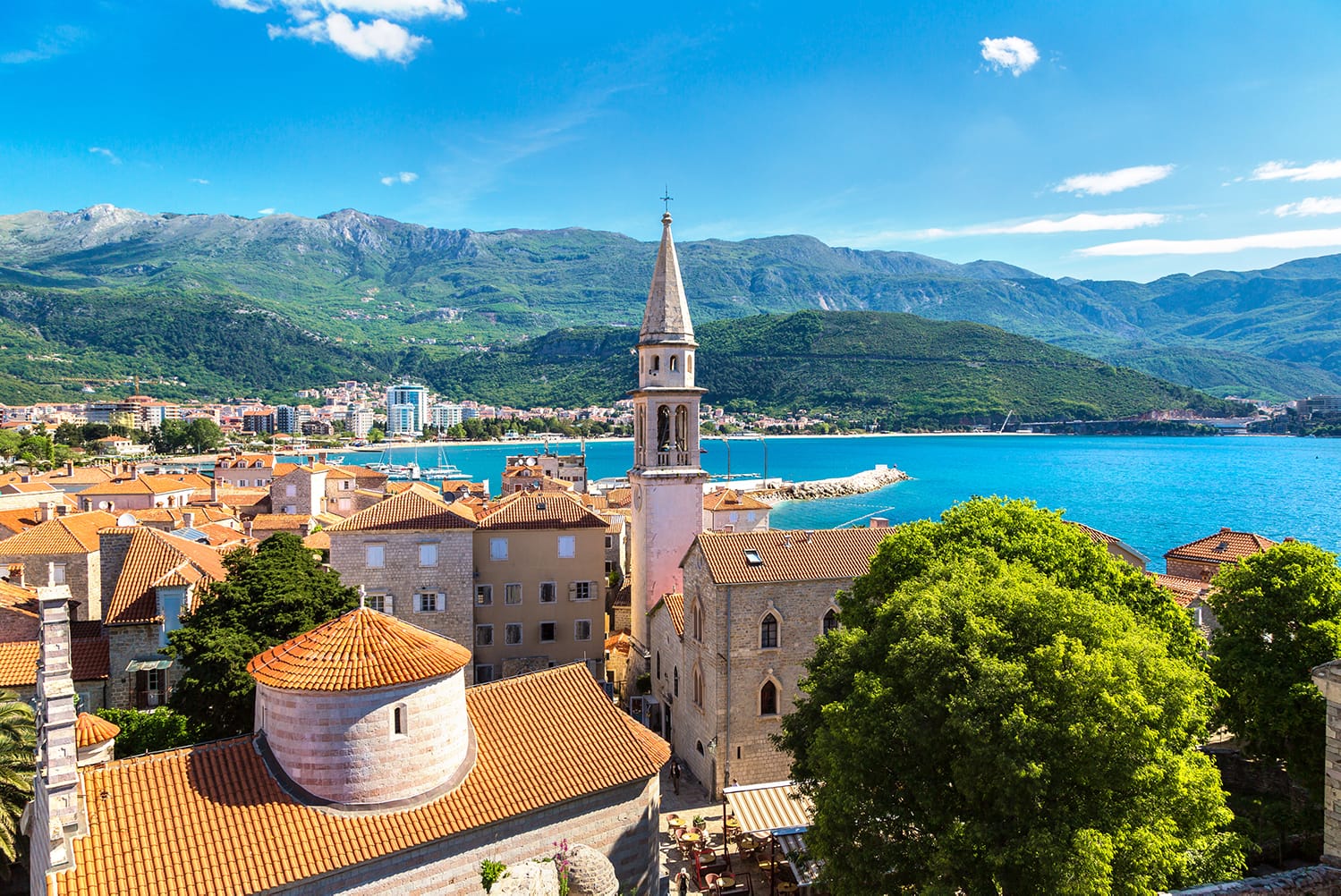
8. Budva, Montenegro
Blending beaches, partying, and history, the town of Budva is another great stop along the coast of Montenegro. Start with a visit to the fortified Old Town, where you’ll find plenty of churches, historic buildings, and great views. Next, choose between two trips along the coast – to the remains of Mogren Fortress or the idyllic island town of Sveti Stefan.
You can spend the rest of your time at one of the many beaches on the coast of Budva or Sveti Nikola Island, which is just a short boat ride away. In the evening, you’ll have your pick of beachfront seafood restaurants and lively nightclubs.
Time needed: 1 day
Getting there: Multiple daily buses run from Kotor to Budva, taking only 30-45 minutes.
Where to stay:
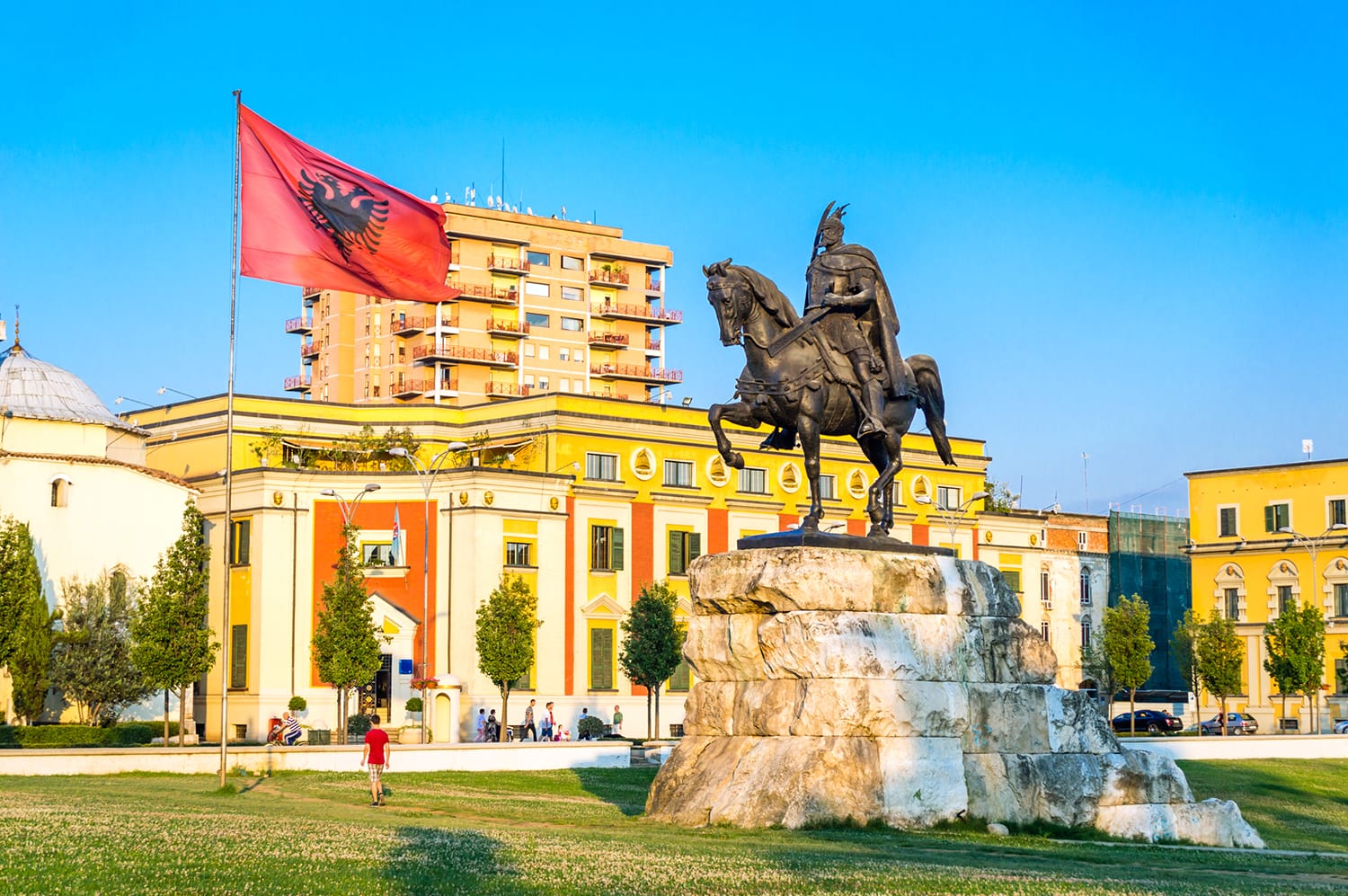
9. Tirana, Albania
As the capital city of Albania, Tirana offers the perfect chance to get a taste of this Balkan country. Starting on the large Skanderbeg Square, you’re immediately in the middle of the action, surrounded by buildings such as Tirana City Hall, the Palace of Culture, and the iconic Clock Tower of Tirana. Don’t miss the beautiful Hajji Et’hem Bey Mosque, built in the 1820s.
Next, visit the curious architectural mix of buildings that lines the Dëshmorët e Kombit Boulevard, a major pedestrian thoroughfare. An unusual sight to behold is the abandoned remains of the Pyramid of Tirana, an expensive cultural center built during the country’s Communist period. If you want to escape the bustle of the city, head up to Dajti Mountain National Park for a breath of fresh air and nature.
Time needed: 2 days
Getting there: Several buses run from Budva to Tirana daily, taking 5-6 hours to make the trip.
Where to stay:
Further reading:
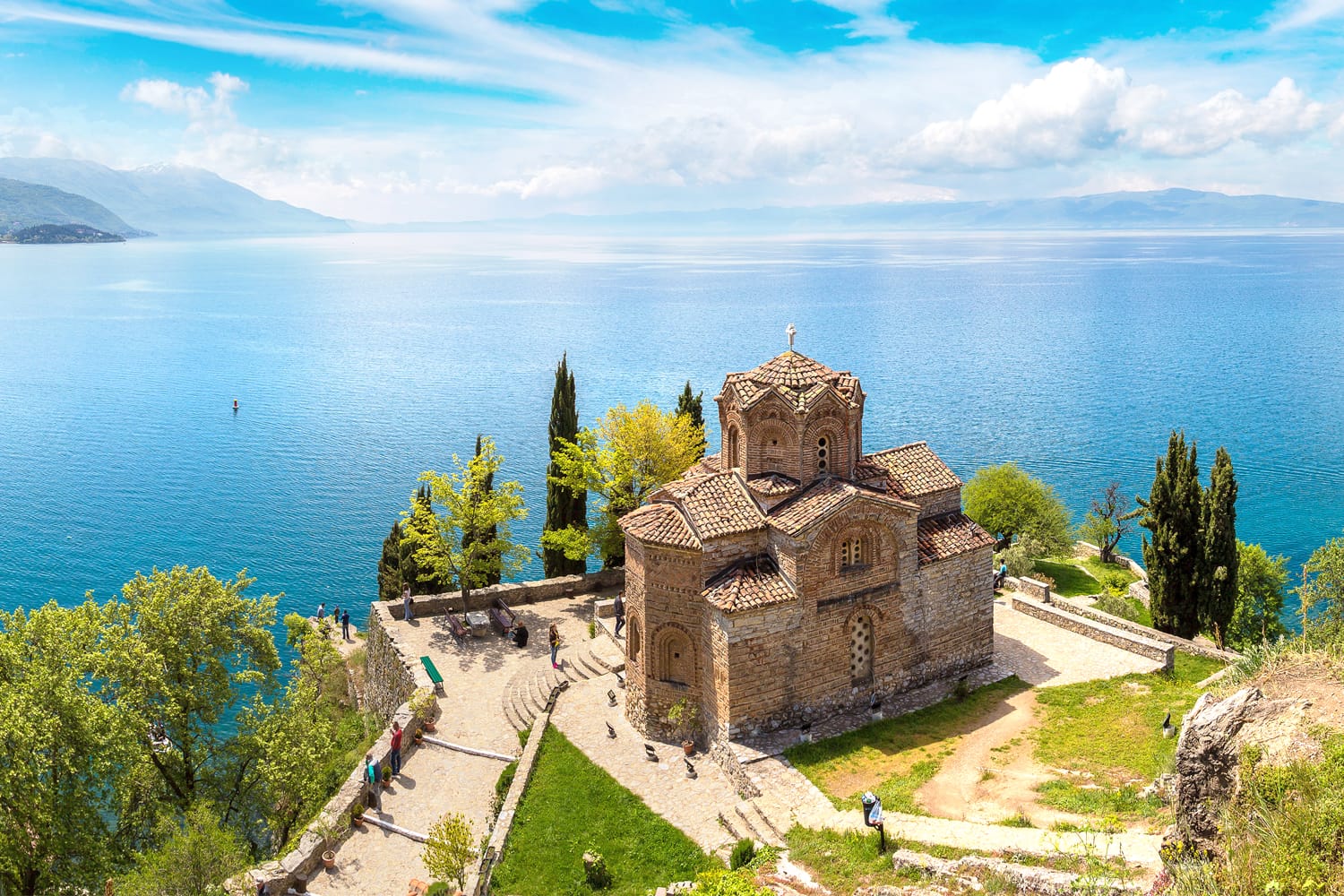
10. Ohrid, North Macedonia
In the landlocked Republic of North Macedonia, the closest thing to the seaside is the beautiful lakeside city of Ohrid. But this city is so much more than just a beach getaway. Start with a stroll through the Old Bazaar lined with local marble, letting it take you down into the waterfront area. From there, work your way up into the Old Town, stopping at the Ancient Theatre of Ohrid and the Holy Mother of God Peribleptos Church, and through the ancient Upper Gate to Samuel’s Fortress. You’ll get some great views over the city and Lake Ohrid – one of the world’s oldest lakes – from the fortress walls, though the views from the Church of St. John at Kaneo may be even better.
If you have enough time in Ohrid, consider a day trip to the neighboring city of Struga or a pleasant boat ride to the Monastery of St. Naum.
Time needed: 2 days
Getting there: Coming from Tirana, you’ll likely need to take a bus to Struga first and transfer to a bus to Ohrid. That journey can take 3.5-4.5 hours. Alternatively, private shuttles like Eurolines can make the journey in just two hours.
Where to stay:
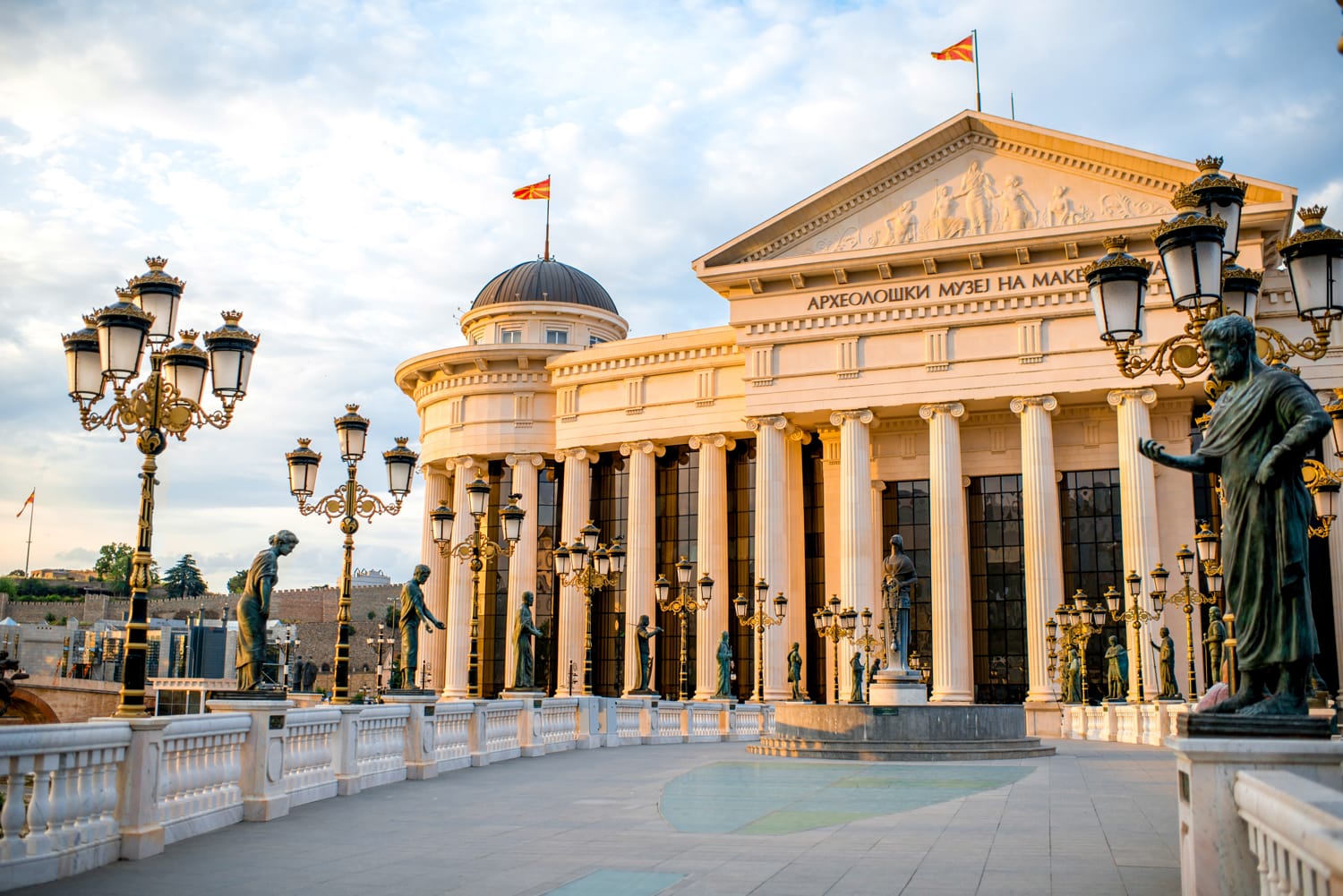
11. Skopje, North Macedonia
Skopje, the capital city of North Macedonia, is an unusual mix of historic sights and brand-new glamour, making it quite a sight to behold. Begin your visit below the giant fountain statue of Alexander the Great, taking in the architecture nearby. A short walk through the city center will take you past the Porta Macedonia archway, the Mother Teresa Memorial House, and the unusually designed Church of St. Clement of Ohrid.
Next, head for the revitalized riverfront area with its grand buildings around the ancient Stone Bridge, then through the Old Bazaar to the Fortress Kale above. Outside the city, you can enjoy nature at Matka Canyon or climb Mount Vodno.
Time needed: 2 days
Getting there: Buses leave for Skopje from Ohrid almost every hour, usually making the journey in a little over three hours.
Where to stay:
Recommended tours:
Further reading:
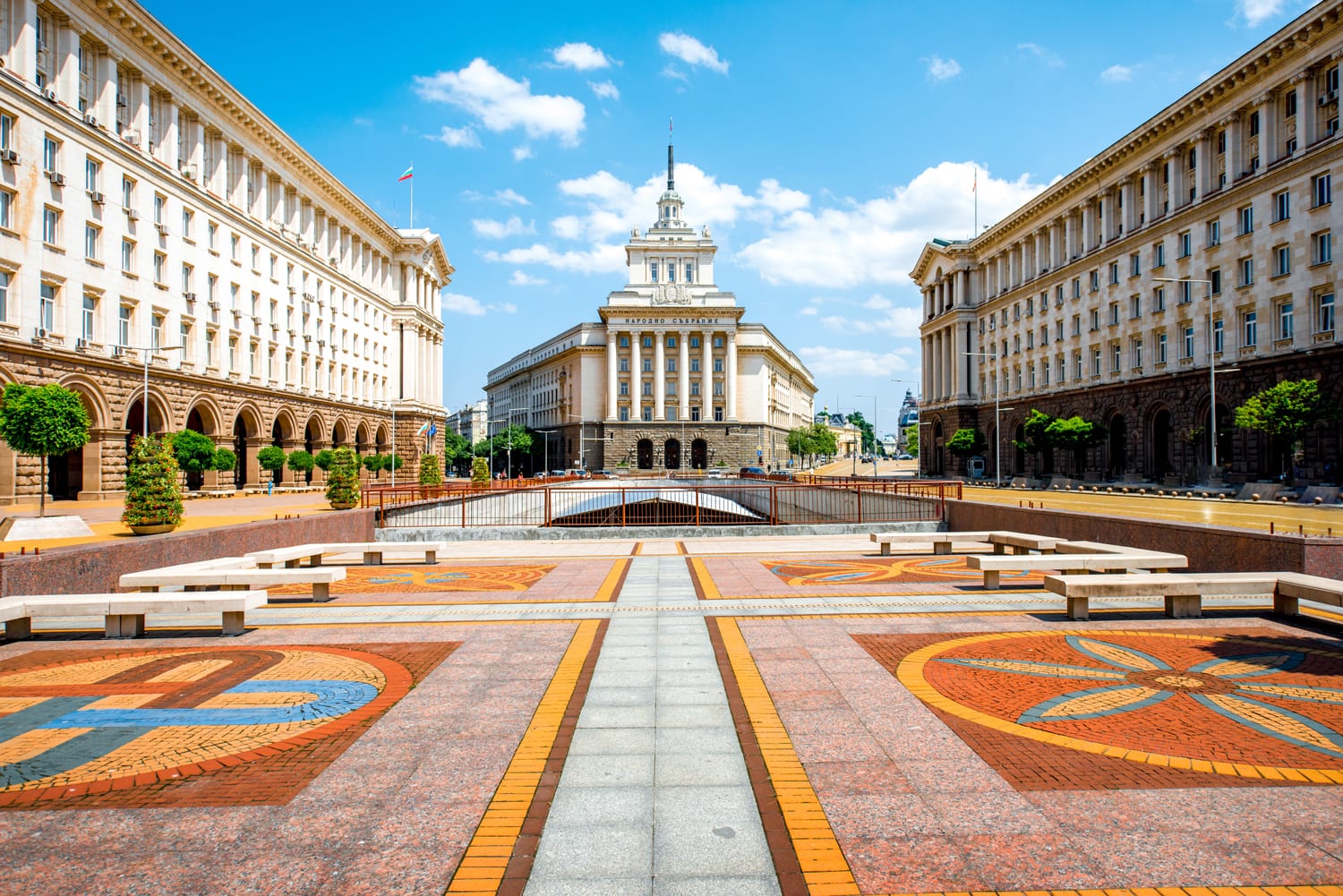
12. Sofia, Bulgaria
You’ll find all sorts of things to do in Sofia, one of the less talked-about capital cities of Europe. With historical and cultural landmarks of every kind, Sofia is a curious mix of many elements.
The best way to start sightseeing here is to set off from the National Palace of Culture and simply follow Vitosha Boulevard north. You’ll see plenty of Communist brutalist architecture along the way, as well as religious buildings like the St. Kyriaki Cathedral Church and Banya Bashi Mosque. One of the oldest and least assuming buildings here is the medieval Church of St. Petka of the Saddlers outside the ancient Roman ruins of the Serdica Complex. Then it’s off to the pretty Ivan Vazov National Theatre and the golden St. Alexander Nevsky Cathedral, an imposing icon of the city.
Time needed: 2 days
Getting there: There are many daily bus connections from Skopje to Sofia, taking 4-6 hours for the journey.
Where to stay:
Recommended tours:
Further reading:
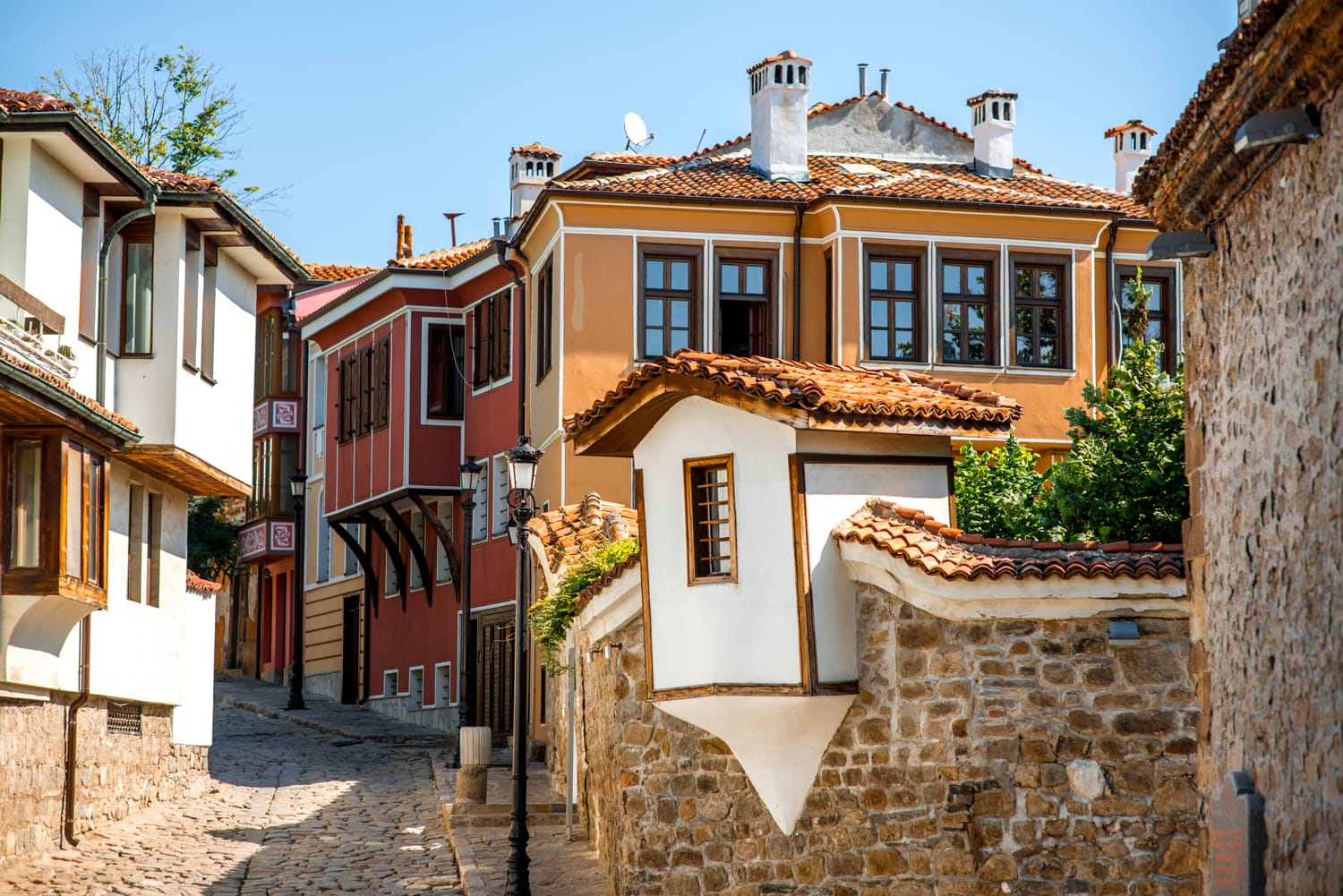
13. Plovdiv, Bulgaria
The city of Plovdiv in Southern Bulgaria may not be a household name, but it’s a great tourist destination. Your first step here should be finding the ancient Roman Stadium of Philippopolis below the pedestrian streets in the city center, right by the large Dzhumaya Mosque.
From there, you can wander the cheerful streets of Kapana (The Trap), a small neighborhood full of creative graffiti and cool cafes. Then it’s over to the historic sights of the Old Town, such as the medieval walls and Hisar Kapia (Castle Gate), and Ottoman homes like the Hindliyan House and Balabanov House. Complete your visit by sitting among the ruins of Nebet Hill while you watch the sunset.
Time needed: 2 days
Getting there: Hourly buses and multiple direct trains make the journey from Sofia to Plovdiv, which takes around 2.5 hours.
Where to stay:
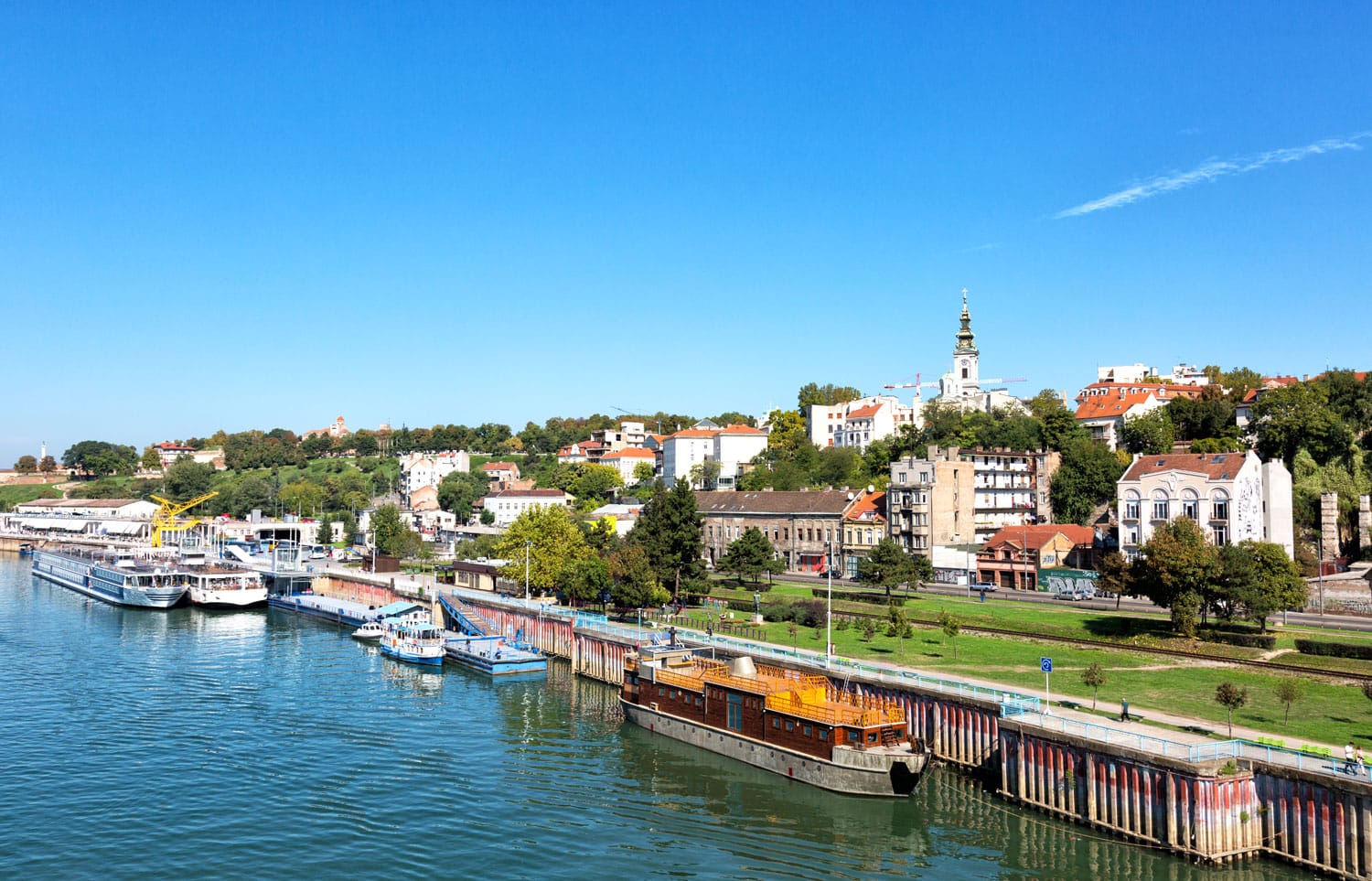
14. Belgrade, Serbia
Likely the best known of the capitals in this region, Belgrade is a vast city full of things to see and do. To start your time in the Serbian capital, head for Republic Square and walk along the vibrant Knez Mihailova Street. You’ll end up at Kalemegdan Park, where you can see the historic Belgrade Fortress. Moving around the park, you’ll find some great views of the city and out over the Sava and Danube rivers.
Back in the modern city center, head past St. Mark’s Church and the Nikola Tesla Museum (perhaps stopping at one or both) to see the gargantuan Church of St. Sava. Come nightfall, see for yourself why Belgrade is best known for its nightlife. Take your pick of the floating nightclubs on the Sava, such as Freestyler.
Time needed: 3 days
Getting there: To get to Belgrade from Plovdiv, you’ll likely have to take a bus back to Sofia, where you can choose between a five-hour bus ride and a one-hour flight.
Where to stay:
Recommended tours:
Further reading:
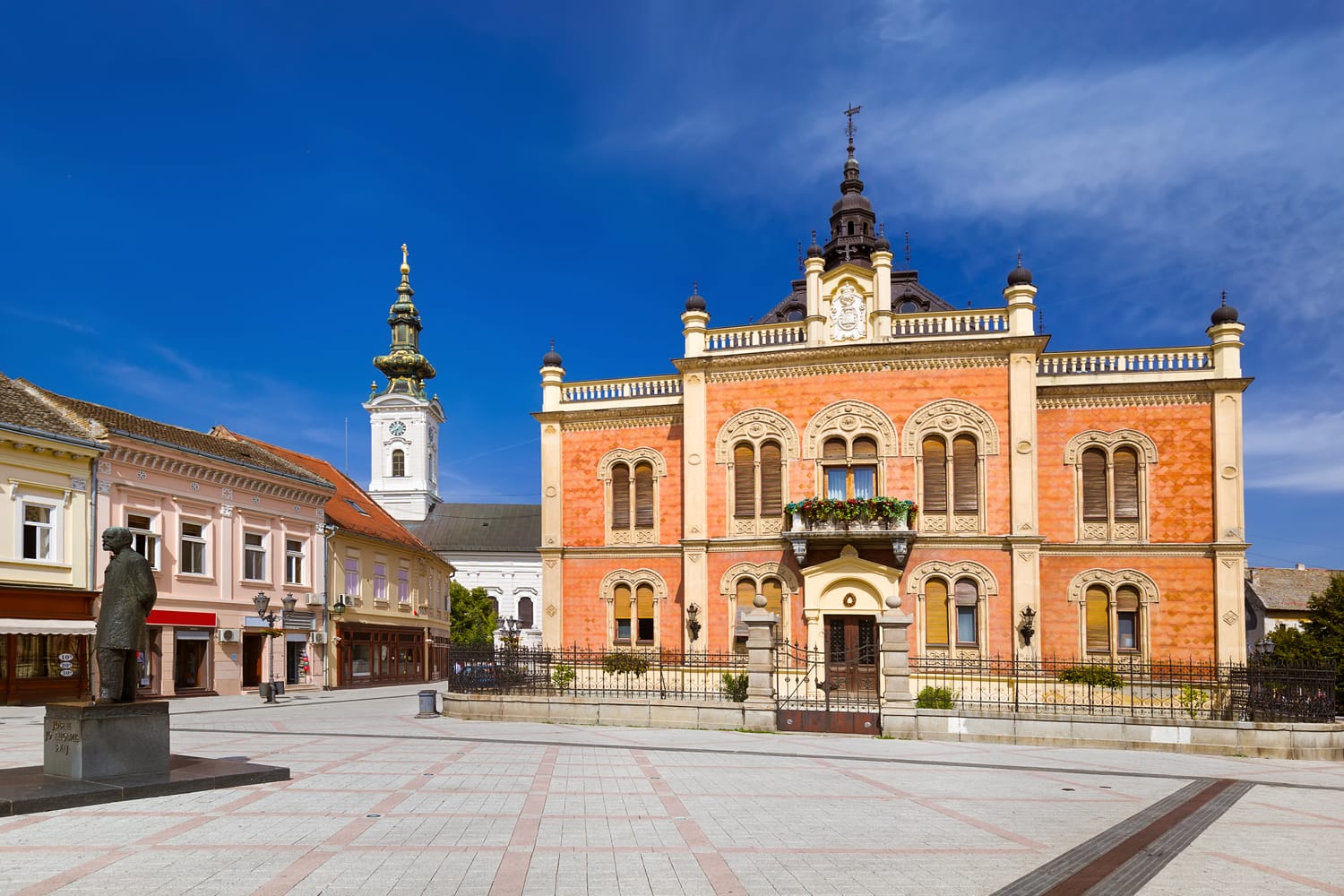
15. Novi Sad, Serbia
Your first stop in Serbia’s second-largest city is Freedom Square, a beautiful plaza in the city center, where you’ll see such landmarks as the Novi Sad City Hall and Name of Mary Church. From there, either take a people-watching spot at one of the cafes along Zmaj Jovina Street or slip down side alleys into courtyards to find the city’s hidden corners.
Other pretty landmarks here include the Bishop’s Palace and, a little farther out, Novi Sad Synagogue. Across the Danube, you’ll find the large Petrovaradin Fortress, home to the City Museum of Novi Sad and the venue for Exit, a summer music festival.
Time needed: 2 days
Getting there: To get from Belgrade to Novi Sad, you have the choice of a two-hour bus ride or a train trip that takes about 20 minutes longer.
Where to stay:
Getting back: You can take a combination of buses and trains for the eight-hour journey back to Zagreb Airport. You can also find international airports in Belgrade and Budapest.
You should now have a clear idea of what you can see in the Balkans in one month. The next step is to start booking those tickets so you can make your first trip to the Balkans a reality!
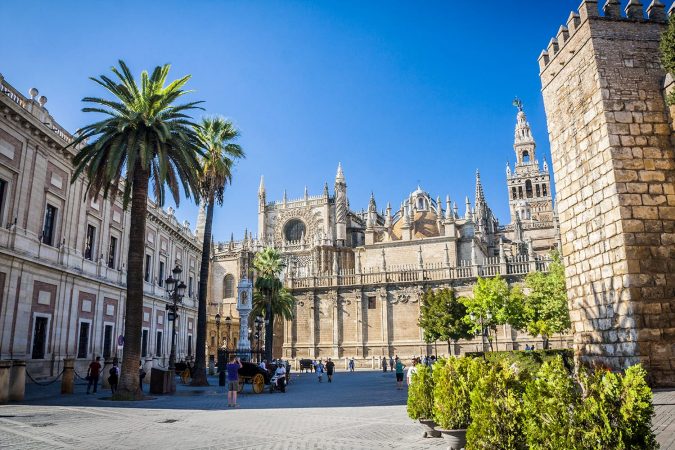
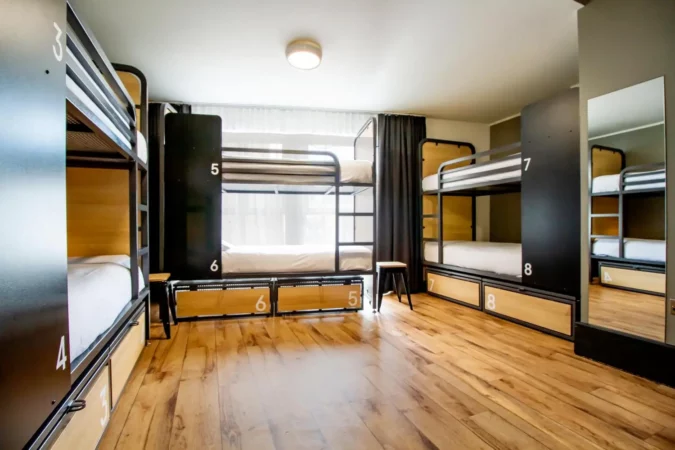
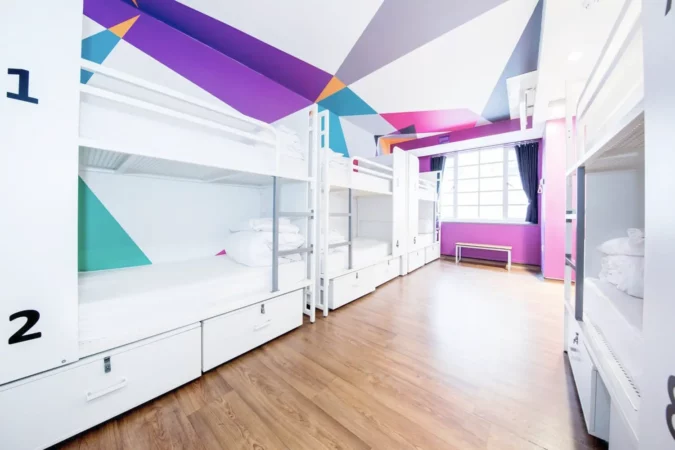
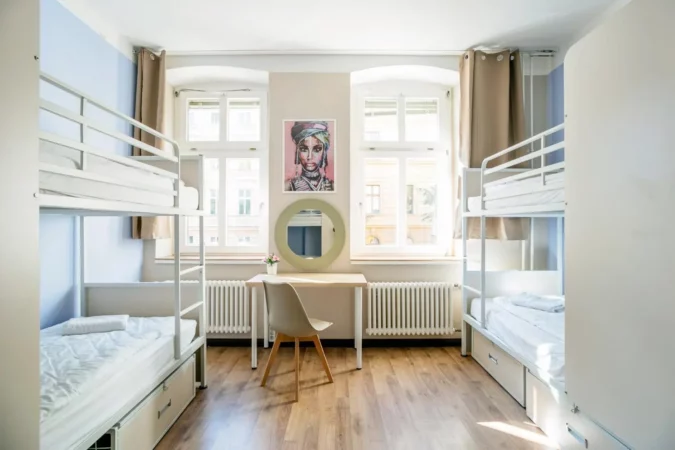
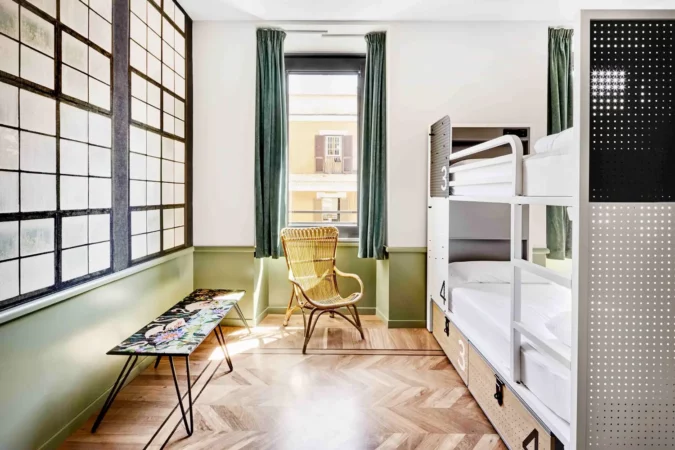

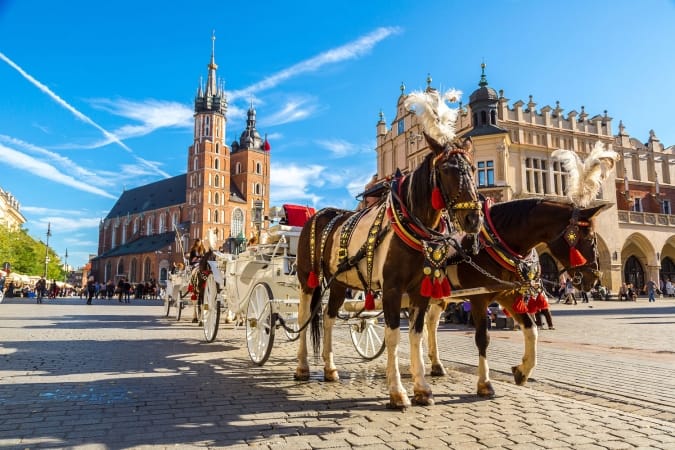
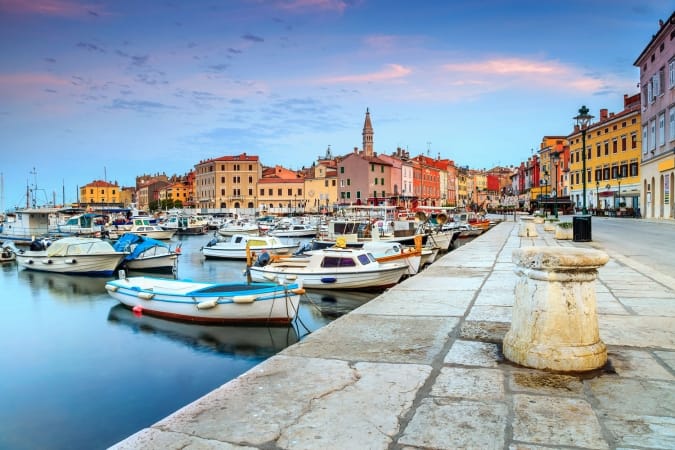
David Golber
In Ohrid, across the courtyard from the Sveta Bogorodica Perivlepta church is the Museum of Icons. Don’t miss it … Nothing like it this side of Moscow. I can’t say for you, but they move me.